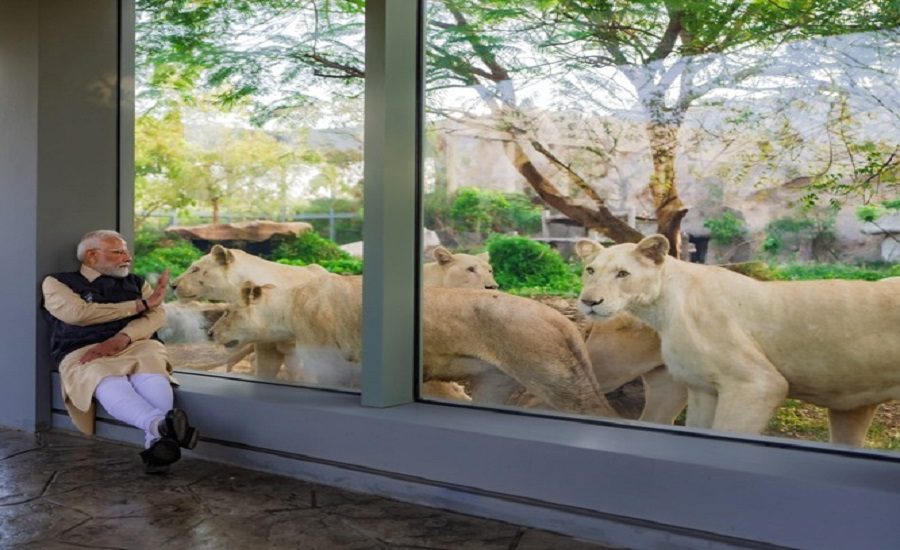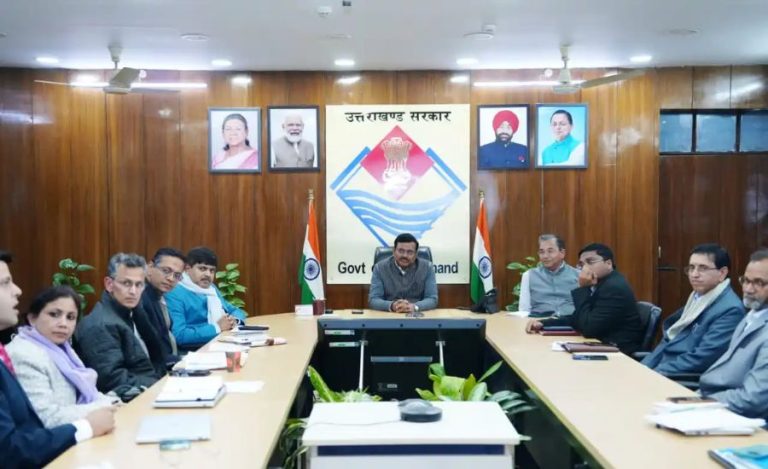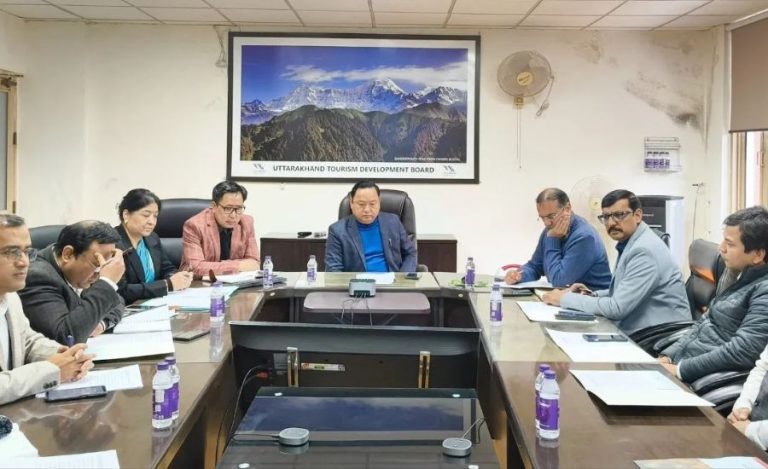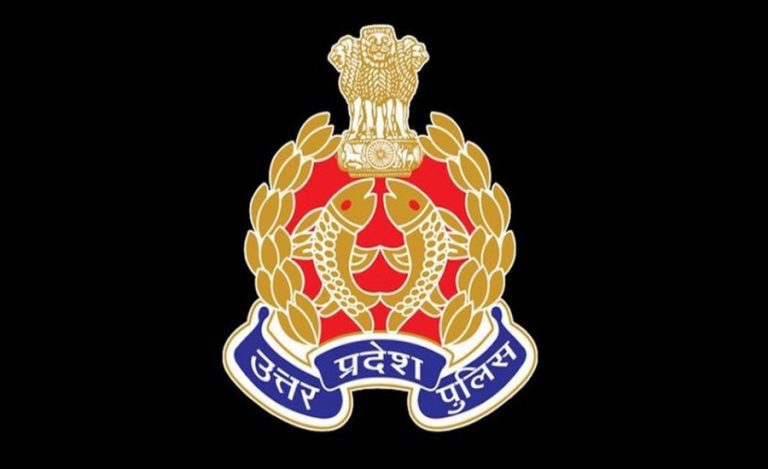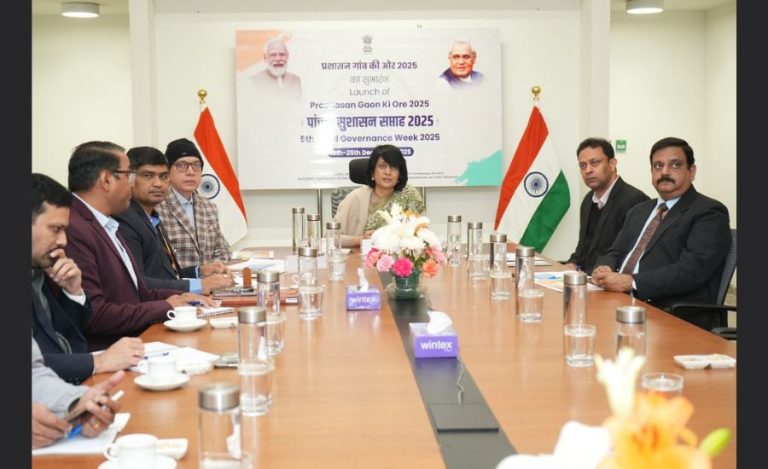New Delhi: The Central and Gujarat State Governments are ramping up efforts to protect the endangered Asiatic lion, with a special focus on disaster preparedness and long-term conservation.
Responding to a question in the Rajya Sabha, Union Minister of State for Environment, Forest and Climate Change, Kirti Vardhan Singh, outlined steps being taken under the Central Government’s ambitious ‘Project Lion’. The project aims to conserve the lion population through habitat restoration, community engagement, and scientific innovation.
Key Aims of Project Lion
- Restoration and protection of lion habitats to support a growing population
- Community-based livelihood initiatives to boost local involvement
- Creation of a global hub for big cat disease research and treatment
- Inclusive biodiversity conservation linked with eco-development
A major component of the project is the establishment of the National Referral Center–Wildlife in Junagadh, Gujarat, which will focus on wildlife health, disease monitoring, and coordination of veterinary care.
State-Level Action in Gujarat
To safeguard the species in case of natural disasters or disease outbreaks, the Gujarat government has developed a robust backup system:
- Two gene pool centres set up in Rampara (Morbi) and Satvirda (Porbandar) to preserve lion genetics
- Barda Wildlife Sanctuary developed as an alternate lion habitat, easing pressure on Gir Forest
- Rescue and veterinary centers established in multiple locations including Jasadhar, Ambardi, Krankach, and Sasan
- Use of ICT-based tracking systems, habitat management, disease surveillance, and eco-development to support lion populations
Securing the Future of the Asiatic Lion
With only a single wild population of Asiatic lions in the world, primarily in Gujarat’s Gir region, these measures are seen as vital to ensuring their survival. The integrated efforts by both Central and State authorities reflect a growing recognition of the importance of proactive conservation.
Project Lion not only aims to protect a national treasure but also position India as a leader in big cat conservation and wildlife health management.

